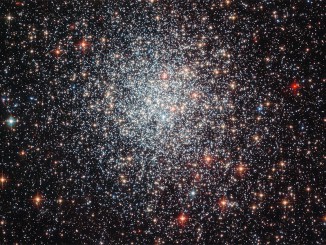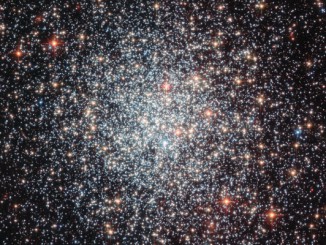
A new way to determine the age of stars?
Researchers have developed a new conceptual framework for understanding how stars similar to our Sun evolve. Their framework helps explain how the rotation of stars, their emission of X-rays, and the intensity of their stellar winds vary with time. Their work could ultimately help to determine the age of stars more precisely than is currently possible.


